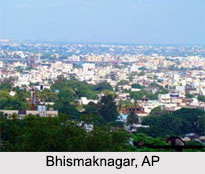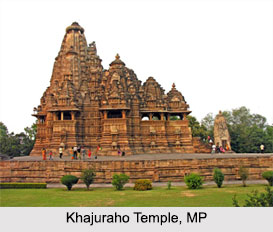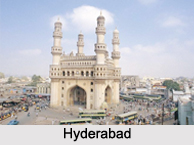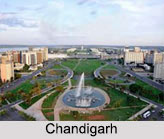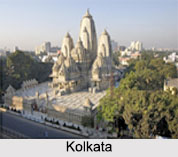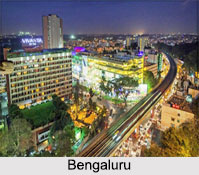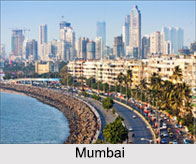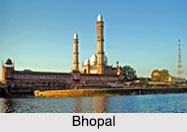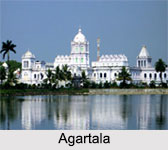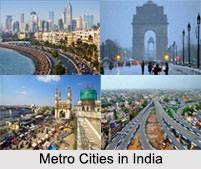 Madurai dates back to the 7th century B.C. when it was the capital of the Pandya dynasty. In the 14th century it came under the control of the Delhi Khilji dynasty and became a Muslim kingdom. Half a century later the Vijayanagar dynasty took it over and again turned it into a Hindu holy land. In 1565, the Nayak dynasty ruled the land till 1781. Thirumalanayaka was a very prominent Nayak and the Meenakshi Temple and the palace that is standing even now were built during this time.
Madurai dates back to the 7th century B.C. when it was the capital of the Pandya dynasty. In the 14th century it came under the control of the Delhi Khilji dynasty and became a Muslim kingdom. Half a century later the Vijayanagar dynasty took it over and again turned it into a Hindu holy land. In 1565, the Nayak dynasty ruled the land till 1781. Thirumalanayaka was a very prominent Nayak and the Meenakshi Temple and the palace that is standing even now were built during this time.
The Mariamman Teppakulam is a man made lake and incorporates the Hindu architectural style. It is a square tank as big as the temple precincts. In the middle of the lake is a square island with pavilions on the four corners and a vimana in the middle. The Meenakshi Sundareshwara temple is a Hindu temple and is noteworthy for its splendid architecture. There are twelve gopuras altogether along with the north, south, east and west gopura entrances. The south gopura is the tallest and is forty eight meters high. In front of the east gopura is the Puthumandapa. These were built by the Hindu Pandya kings. They are heavily engraved with sculptures. In the precincts are the two main shrines with a surrounding corridor, a tank of the golden lotus, a thousand pillared hali and many other mandapas and small shrines, the walls of which cannot be called either pillars or walls. The sculpted decorations on them look like the Vijayanagara style of the latter days. However, the style lacks a little in vitality and is overly sculpted, and what can be called the zenith of styles in India is reflected here. The gold-plated main shrines are small and the turrets tower over the horizon in typical Dravida style architecture.
The Thirumalai Nayaka palace was a huge structure but at present only a pillared hall and a dance hall surrounded by a courtyard remains. The style is a blend of Hindu, Islamic and European architecture and is completely different from the Meenakshi Temple. The temple portrays a marvelous depiction of architecture of Madurai.
